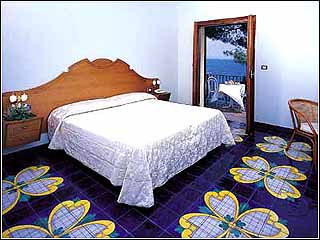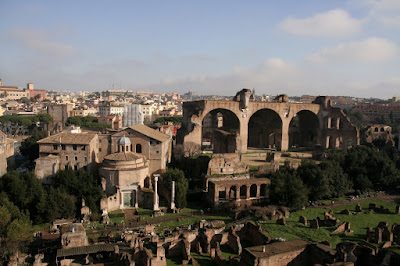 |
| View from the terrace of your first BU Italy Tour Hotel. |
Overnight flight to Rome
Please refer to your e-ticket to ensure you have the correct departure schedule as there are three groups leaving Louisville.
DAY 2 Friday, March 4
Benvenuti to Italy
After clearing customs and immigration, meet your Incantato Tour Manager, Ambra Pasqualina, and board the coach to head south to Cetara on the Amalfi Coast for a welcome dinner at the Hotel Cetus, where you will stay from March 4 through 7, situated on a cliff above the ocean and with a wonderful panoramic view.
 |
| Gourmet dinner at this 12th century Norman Tower |
Maiori tour, pizza workshop and Jazz Concert
Transfer to Maiori this morning for an orientation tour followed by a pizza-making workshop and lunch at Mammoto. The Jazz Ensemble performs a concert at the Town Hall this evening before the group returns to Hotel Cetus for the night.
DAY 4 Sunday, March 6
Amalfi and Maiori performances with a special reception
Spend the day at leisure with the opportunity to transfer to Amalfi. Celebrate High Mass followed by a concert with the Bellarmine University Schola Cantorum and the Louisville Vocal Project, directed by Dr. Timothy Glasscock, at San Francesco in Maiori at 6 PM. Maiori and its citizens have been frequently featured in films by Rosselini, they are warm, welcoming, are known for their hospitality and have a genuine passion for music.
Dolce Vita Day and Naples Concerts
Enjoy the Amalfi Coast at your own pace with optional trips to Pompeii and Capri (cost not included). Transfer to Naples this afternoon with an orientation tour upon arrival. The Choirs will present a concert at Chiesa di Santa Teresa Degli Scalzi at 4:45PM. The Jazz Ensemble performs this evening as well. Return to Cetara for the night.
DAY 6 Tuesday, March 8
Via Montecassino to Tuscany
Bid farewell to the Amalfi Coast as you travel north. Stop for a guided tour and recital for the choirs at the Benedictine Monastery of Montecassino perched high upon a hill. Continue to beautiful Tuscany, where you will stay at Siena's Hotel Montaperti from March 8 through 10, for dinner and overnight.

DAY 7 Wednesday, March 9
Florence Visit and Jazz Concert
See the highlights of Tuscany‘s capital city Florence with a specialized local guide (entrance to Accademia Museum is already included along with a pre-reserved entrance time so you do not have to wait in line) followed by an afternoon at leisure. The Jazz Ensemble performs at Sala Bianca - Hotel Cellai - at 7 PM. Overnight in Siena.
DAY 8 Thursday, March 10
Montepulciano and Siena in-depth
Meet your local guide for an orientation tour of Montepulciano in the footsteps of St. Robert Bellarmine before you continue to Siena. There you will see the cities hightlights. At 9:00 PM the Jazz Ensemble performs at the Tea Room.
DAY 9 Friday, March 11
Via Assisi to Rome
Travel to Rome with a stop in Assisi for a guided tour and High Mass participation for the choirs at the Basilica of St. Francis. Grab lunch on your own before an afternoon guided tour of Assisi. The tour will stay at the Hotel H10 Roma Citta throughout the remainder of the tour.
DAY 10 Saturday, March 12
Vatican Visit and a special High Mass
Explore the Vatican Museums and St. Peter‘s Basilica with your local guide followed by some free time. The singers will be the featured guest choir for a special Saturday High Mass in the early evening at the magnificent cathedral of Saint Peter.
DAY 11 Sunday, March 13
Mass and Eternal Rome Tour
The Choirs sing mass this morning at the Church of Saint Robert Bellarmine, then experience Rome‘s ancient highlights with a local guide with in-depth visits to the Coliseum and Roman Forum. While in Rome, we will make sure you get a chance to visit the Church of the Gesu (Robert Bellarmine preached there) and St. Ignatius (where St. Bellarmine is buried). Get ready for a choir concert at Duomo di San Gegorio Magno in Monte Porzio Catone at 7:00 PM. Enjoy a celebratory farewell dinner and wine tasting this evening at Casal Pilozzo with a special performance by the Jazz Ensemble.
DAY 12 Monday, March 14
Rome Departure
Transfer to the airport for your flight home to the US. Please refer to your tickets for your return flights home. After check-in, your tour manager waves good-bye and you will bid farewell to beautiful Italy.































